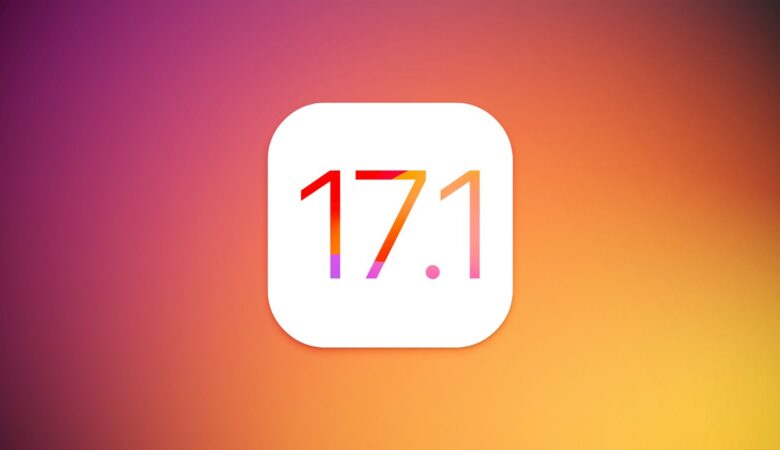The world of today is becoming incredibly digitized. Apparently, connectivity and globalization are going hand in hand and people are easily capable of sharing warm sentiments with each other.
Simultaneously, street music is something that is met with complete adoration and admiration around the globe. It is always loved and people admire the stars playing on the street to earn.

Interestingly, Pakistani YouTuber Junaid Akram aka Ganjiswag introduced Pakistanis to a soulful star and also requested them to follow him on Instagram. This soulful musician is a Japanese street musician and has been winning many hearts with his music.
This young and talented Japanese star also told Akram that he wanted to get more followers; hence Akram requested all his followers to support him too.
Japanese musician ‘Kenta Shoji’ thanks Pakistanis
Surprisingly, within a small passage of time, the Japanese musician, identified as Kenta Shoji, now has 10K plus followers. Since then, the young and talented musician extends his gratitude by sharing iconic Pakistani songs on his page!

Recently, he adds on his Instagram story, the most iconic and beloved song of Pakistan. Dil Dil Pakistan, by Junaid Jamshed (late). And Pakistanis are in complete awe.
Amazed and nostalgic at the same time, Pakistanis will surely share the same feelings of gratitude and adoration for Shoji for sure. It is indeed a great aspect to see how Pakistanis are now receiving such love and admiration beyond borders as well.
Above all, we would like to wish this Japanese star all the very best for the future. We hope that he keeps remembering Pakistanis on great terms in the future also.
It is always inspiring and and mesmerizing to listen to iconic Pakistani songs, as they are a complete package, however having foreigners sharing our favorite songs is indeed a dream come true!
The music of Japan includes a wide array of performers in distinct styles, both traditional and modern.
The word for “music” in Japanese is combining the kanji on (sound) with the kanji gaku (enjoy). Japan is the largest physical music market in the world, worth US$2 billion in sales in physical formats in 2014,
The second-largest overall music market, worth a total retail value of 2.6 billion dollars in 2014– dominated by Japanese artists, with 37 of the top 50 best-selling albums and 49 of the top 50 best-selling singles in 2014.
Local music often appears at karaoke venues, which is on lease from the record labels. Traditional Japanese music differs markedly from Western music, as it is often based on the intervals of human breathing rather than on mathematical timing,
Traditional and folk music
Main article: Traditional Japanese music
Two forms of music are recognized as the oldest forms of traditional Japanese music:
both of which date to the Nara (710 to 794) and Heian (794 to 1185) periods. Gagaku is a type of classical music that has been performed at the Imperial court since the Heian period. Kagura-uta , Azuma-asobi and Yamato-uta are indigenous repertories.
Tōgaku and komagaku originated from the Chinese Tang dynasty (618-907) via the Korean Peninsula. In addition, gagaku is divided into kangen (instrumental music) and bugaku (dance accompanied by gagaku).
Originating as early as the 13th century are honkyoku pieces played by mendicant Fuke sect priests of Zen buddhism These priests, called komusō , played honkyoku for alms and enlightenment.
The Fuke sect ceased to exist in the 19th century, but a verbal and written lineage of many honkyoku continues today, though this music is now often practiced in a concert or performance setting.
The samurai often listened to and performed in these music activities, in their practices of enriching their lives and understanding






Leave a Reply
You must be logged in to post a comment.